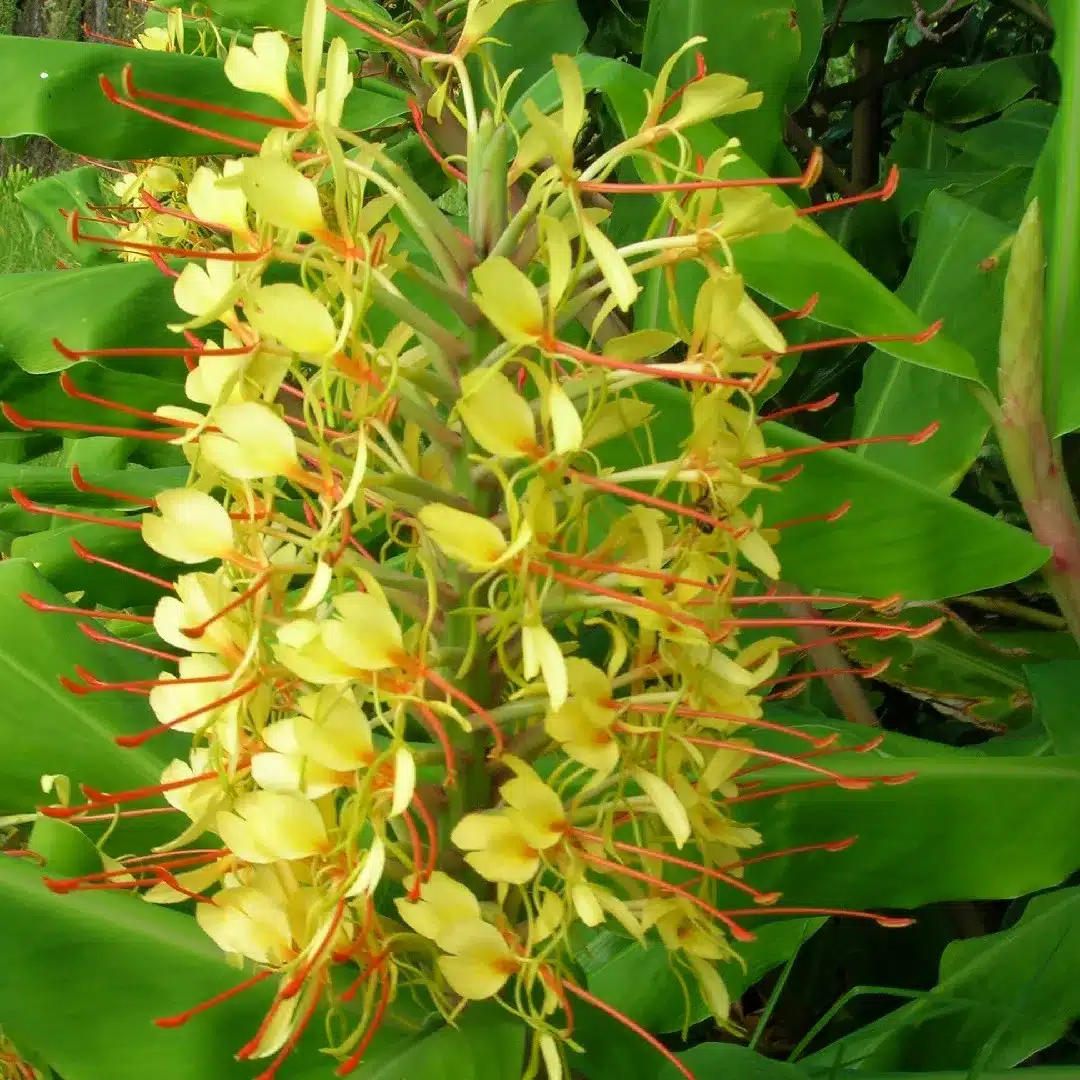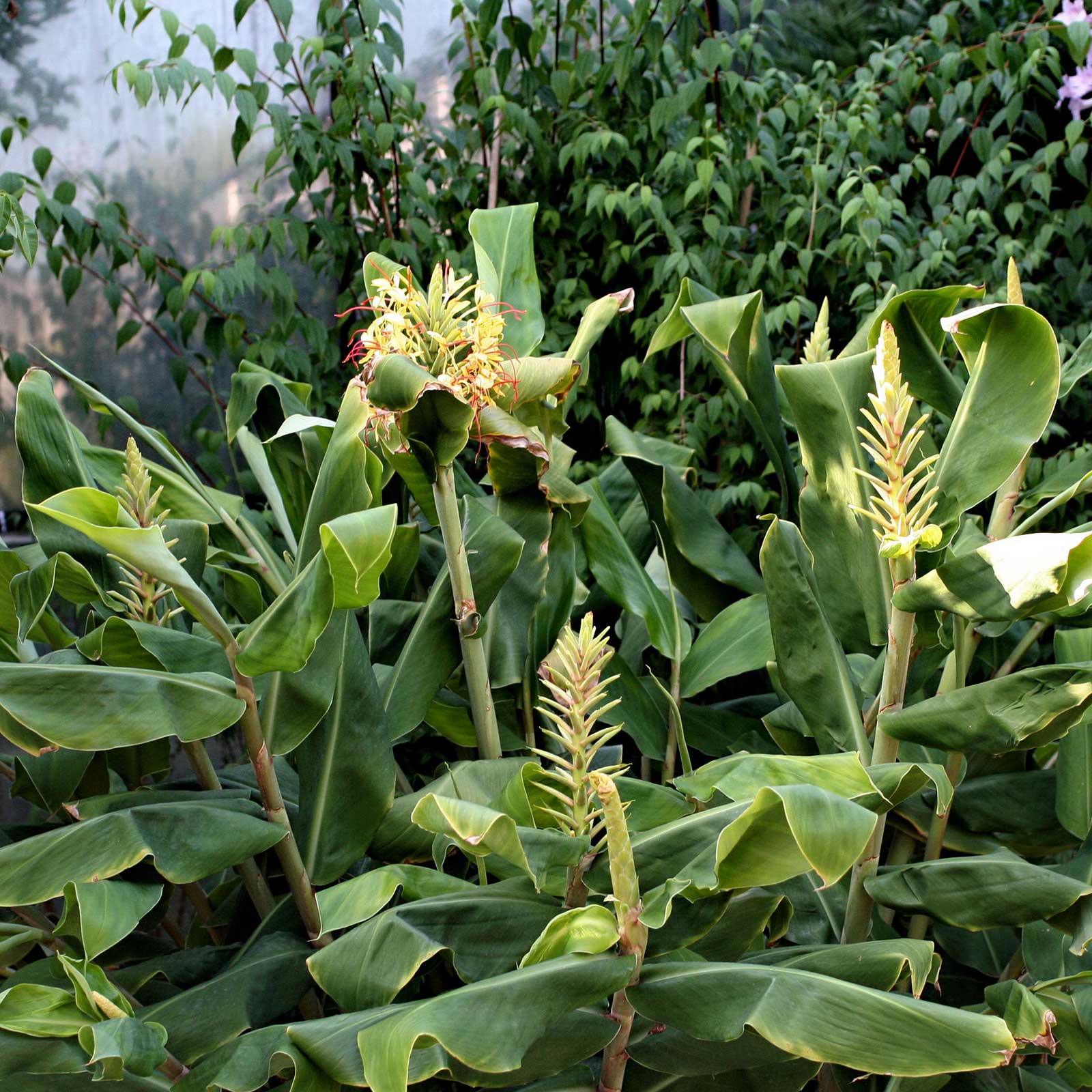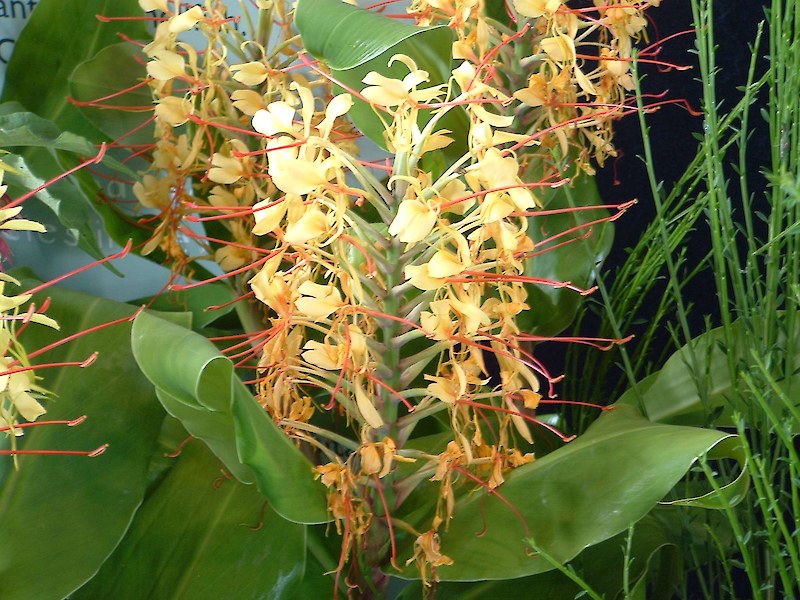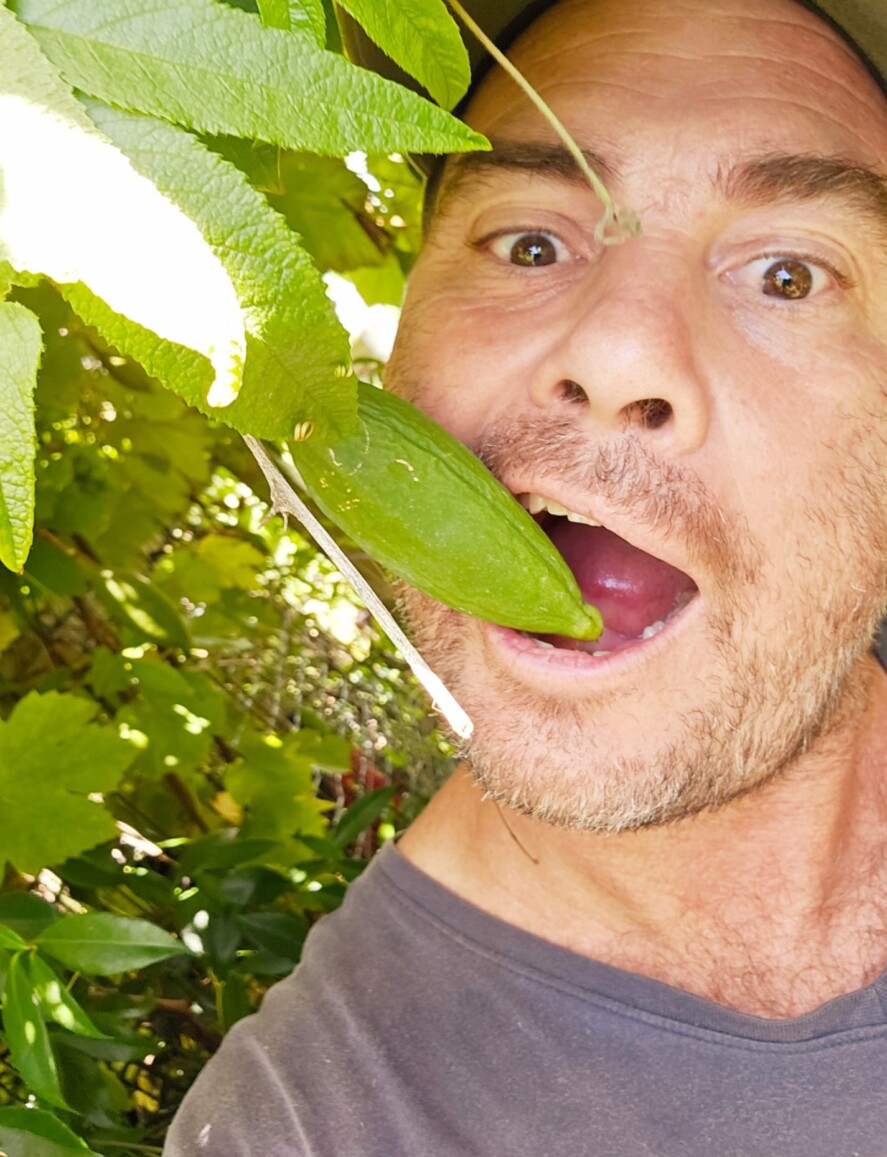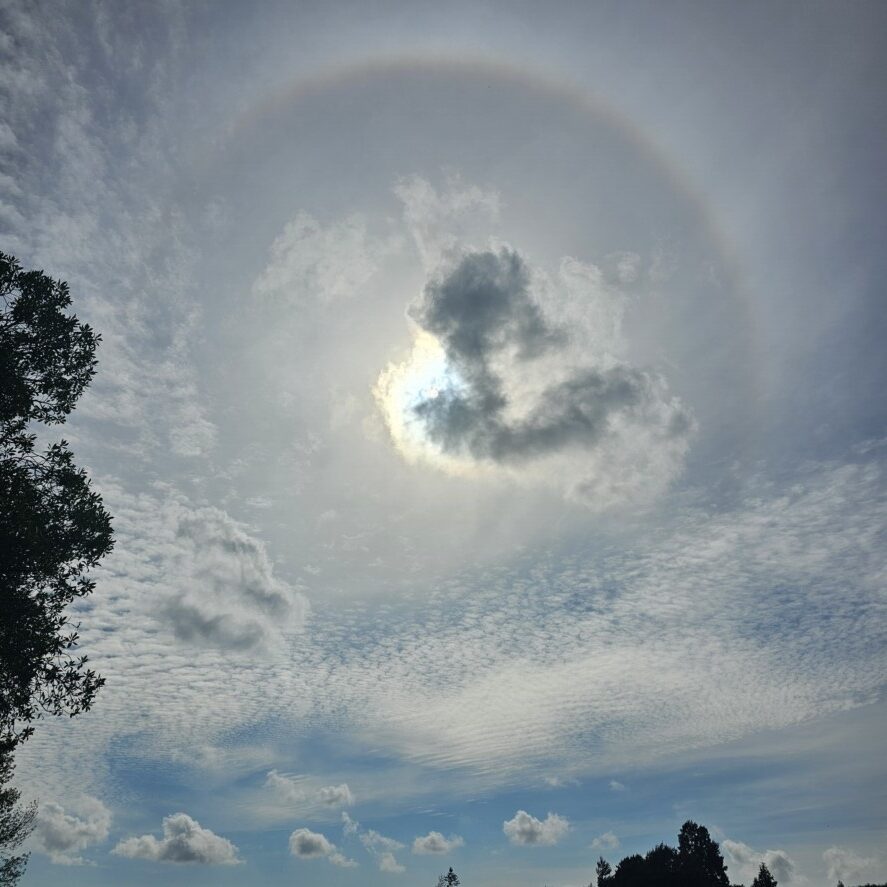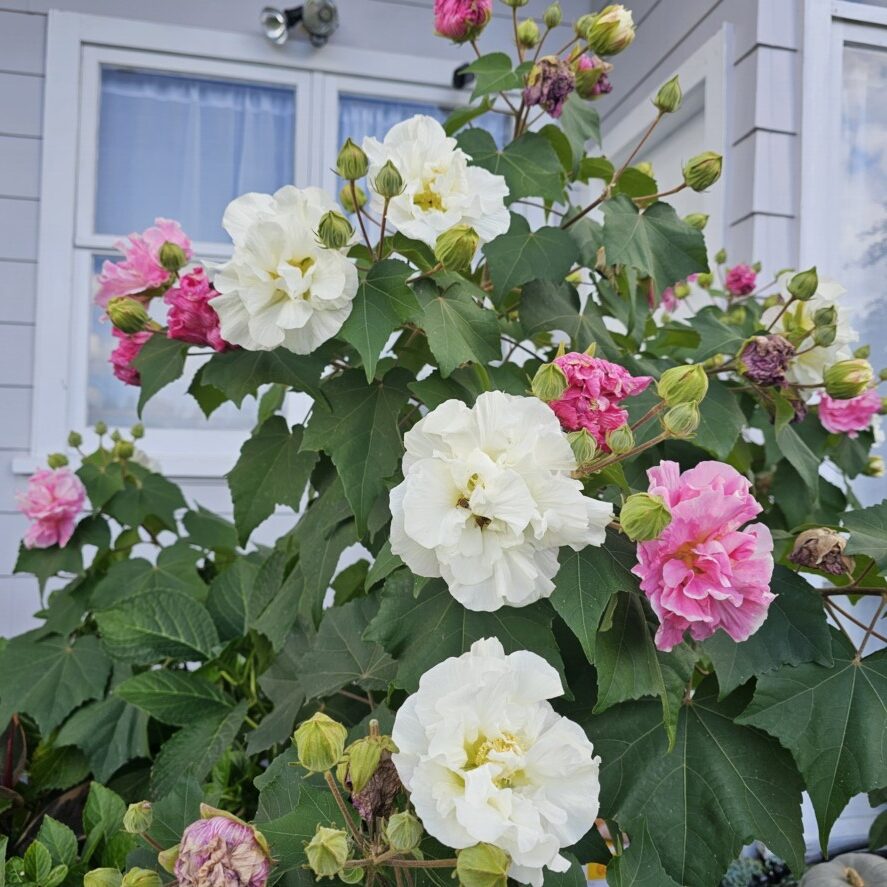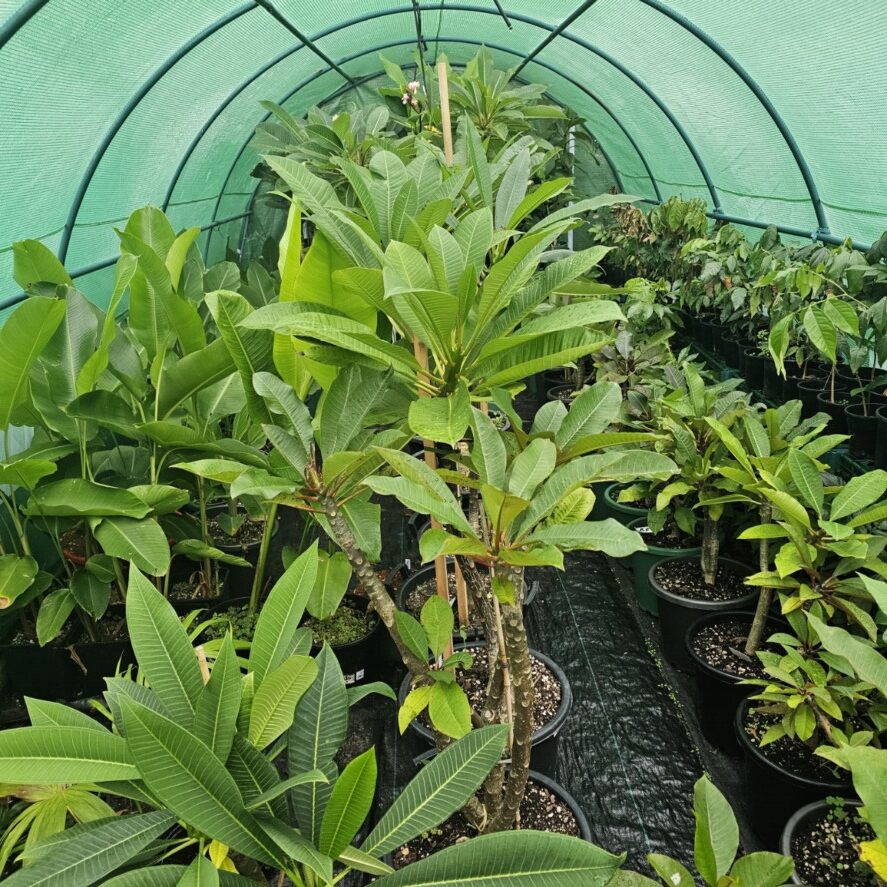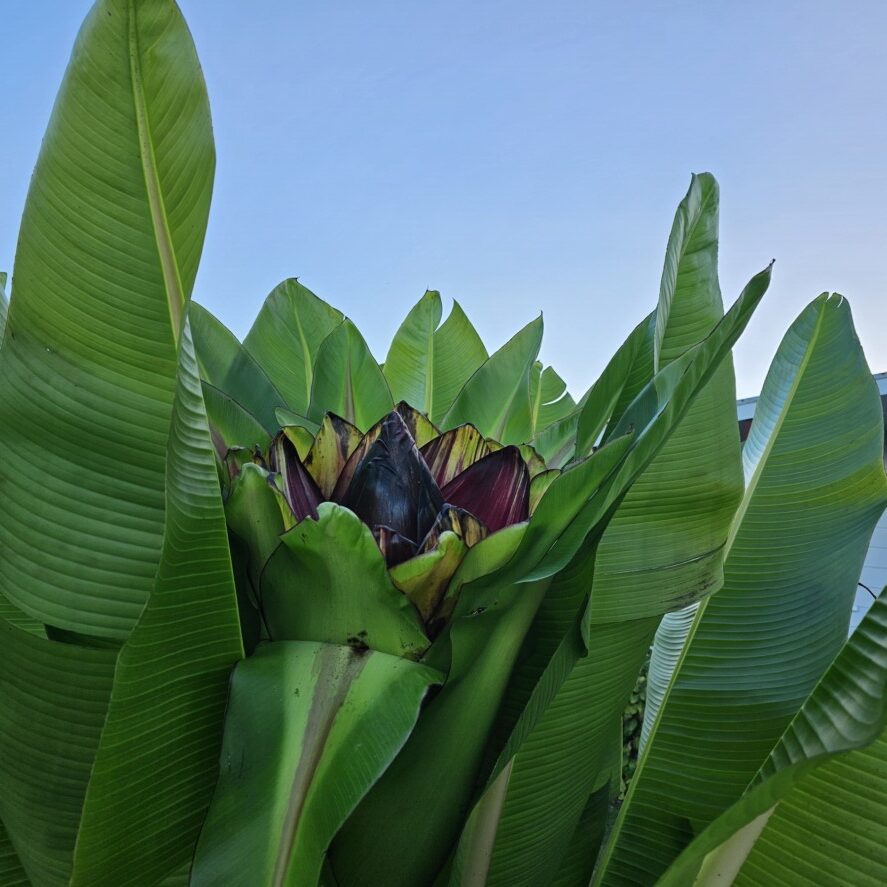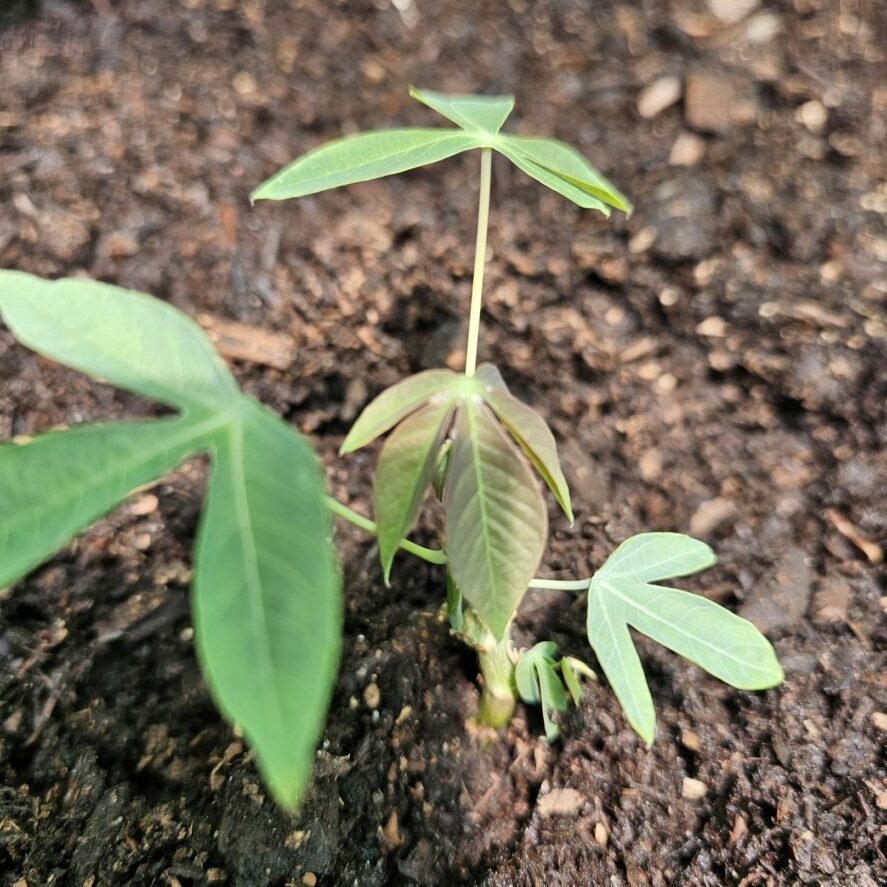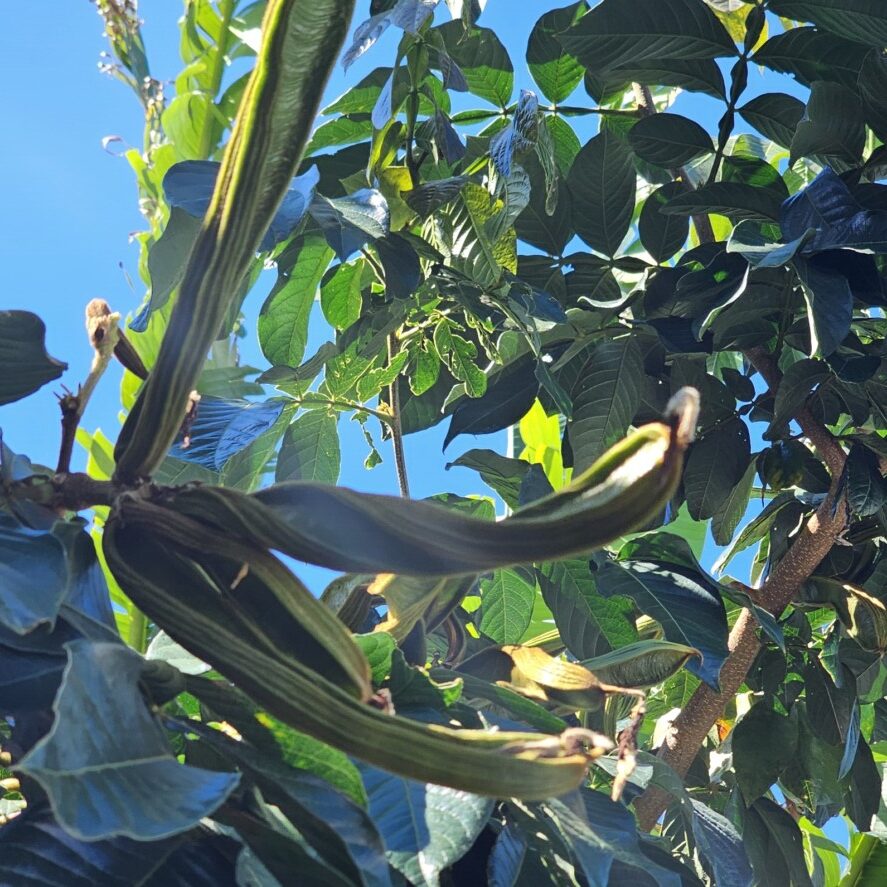-
Troppo Plant & Garden Articles
- Te Puke Region
- TROPPO’s Food Forest in Te Puke, BOP (www,foodforest.org.nz)
- Troppo’s Plant Collection
- TROPPO's Nursery Directory
- Food Forests of New Zealand (www.foodforests.nz)
- Nursery Map - Plant Suppliers of NZ Directory (www.nurserymap.nz)
- Kids Garden Corner
- New Zealand Garden Bird Survey
- New Zealand Garden Groups
- Delicious Recipes
Wild Ginger: The Beautiful but Invasive Invader of New Zealand
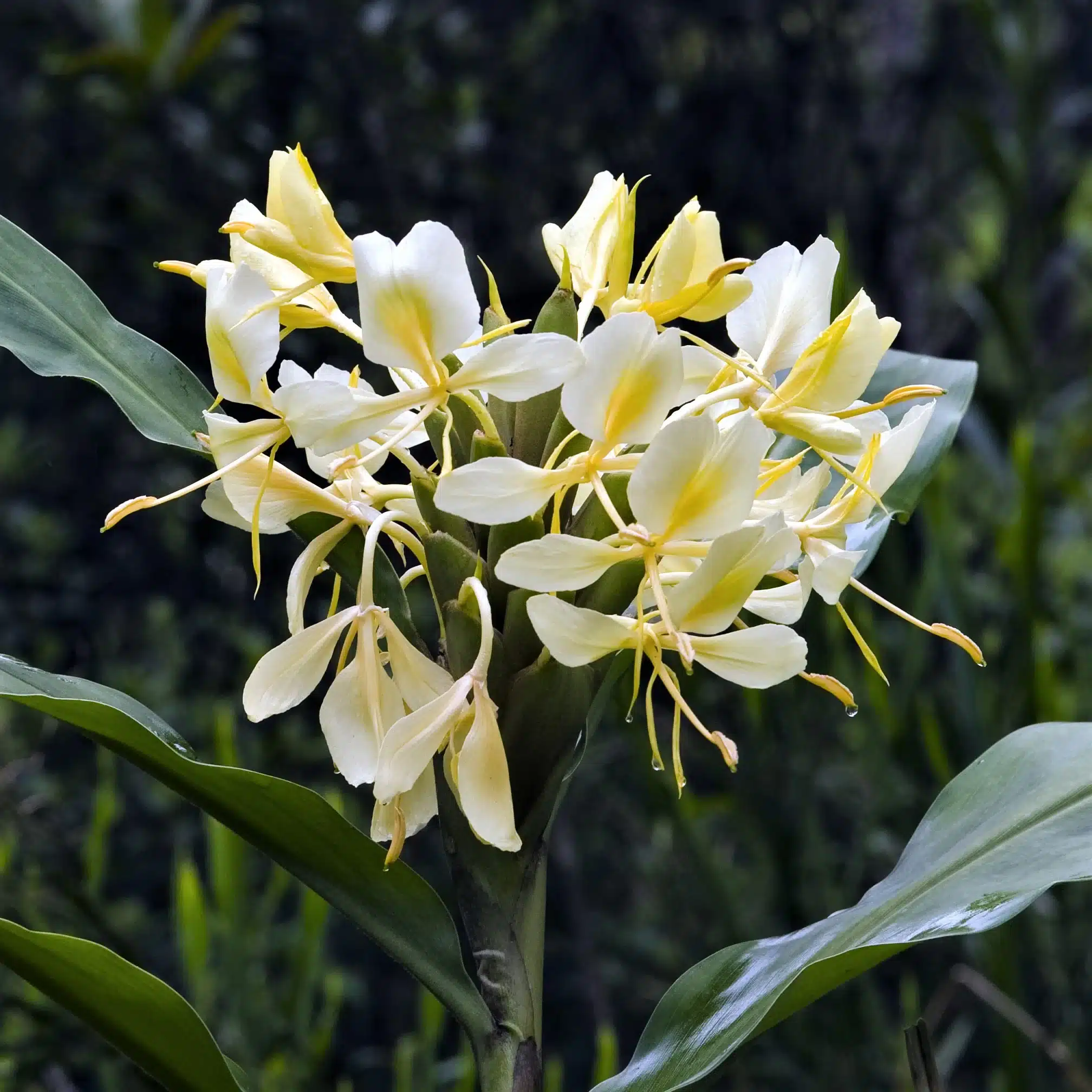
Hello, nature guardians and green enthusiasts! 🌿 Today, we’re taking a closer look at a pair of plants that are as captivating as they are problematic: Wild Ginger, specifically Hedychium gardnerianum (Kahili Ginger) and Hedychium flavescens (Yellow Ginger). These exotic beauties, while stunning, pose a significant threat to New Zealand’s native ecosystems. Let’s delve into why these plants, despite their allure, need to be controlled and removed.
Meet the Culprits: Kahili Ginger and Yellow Ginger
Originating from the lush, tropical regions of the Himalayas, Kahili Ginger and Yellow Ginger have found a new home in New Zealand. Unfortunately, their ability to thrive in diverse environments has made them invasive species, wreaking havoc on local biodiversity.
Hedychium gardnerianum, or Kahili Ginger, is known for its vibrant yellow flowers with striking red stamens. These tall, elegant spikes can grow up to 2 meters, creating a mesmerizing sight. But don’t let their beauty fool you – they’re aggressive invaders!
Hedychium flavescens, commonly called Yellow Ginger, features creamy-yellow flowers with a delicate fragrance. Its lush, broad leaves and rapid growth make it a formidable competitor against native plants.
Why Wild Ginger is a Threat to New Zealand’s Ecosystem
While Kahili Ginger and Yellow Ginger may look like charming additions to any garden, their presence in New Zealand’s wild spaces is far from benign. Here’s why they’re considered a threat:
- Aggressive Growth: Both types of Wild Ginger spread rapidly through rhizomes, forming dense mats that can overrun native vegetation. This aggressive growth pattern smothers other plants and reduces biodiversity.
- Displacement of Native Flora: By dominating the undergrowth, Wild Ginger outcompetes native plants for light, nutrients, and space. This leads to the decline of indigenous species that are vital to the ecosystem.
- Impact on Soil and Water: The dense root systems of these gingers can alter soil structure and hydrology, affecting the water availability and soil health needed by native plants.
- Fire Hazard: In some areas, the dry foliage and stems of Wild Ginger can increase the risk of wildfires, posing a danger to both wildlife and human communities.
How to Identify Wild Ginger
Recognizing Kahili Ginger and Yellow Ginger is the first step in managing their spread. Here’s what to look for:
- Kahili Ginger: Look for tall flower spikes with bright yellow blooms and red stamens. The leaves are large, dark green, and arranged alternately along the stem.
- Yellow Ginger: This variety has pale yellow flowers with a sweet scent. The leaves are similar to those of Kahili Ginger but slightly broader and more lush in appearance.
The Battle Plan: How to Remove Wild Ginger
Controlling and removing Wild Ginger requires persistence and a strategic approach. Here’s how you can tackle this invasive species:
- Manual Removal: Digging out the rhizomes is effective but labor-intensive. Ensure you remove the entire root system to prevent regrowth.
- Cut and Treat: Cut the stems close to the ground and apply a suitable herbicide to the fresh cuts. This method helps to target the plant without disturbing the soil too much.
- Mulching: After removal, covering the area with a thick layer of mulch can suppress any residual growth and prevent the spread of seeds.
- Regular Monitoring: Keep an eye on the cleared area for any signs of regrowth. Regular monitoring and follow-up treatments are essential to ensure complete eradication.
Why Your Efforts Matter
Removing Wild Ginger from New Zealand’s wild spaces is not just about maintaining the aesthetic beauty of the landscape. It’s about protecting the delicate balance of our native ecosystems and preserving biodiversity for future generations. Every effort counts, whether you’re removing a few plants in your backyard or participating in larger community conservation projects.
Join the Fight Against Wild Ginger
So, are you ready to roll up your sleeves and join the battle against Wild Ginger? By taking action, you’re helping to safeguard New Zealand’s unique natural heritage. Together, we can restore the balance and ensure that our native plants and animals thrive for years to come.
Happy weeding, and let’s keep New Zealand wild and beautiful! 🌿

